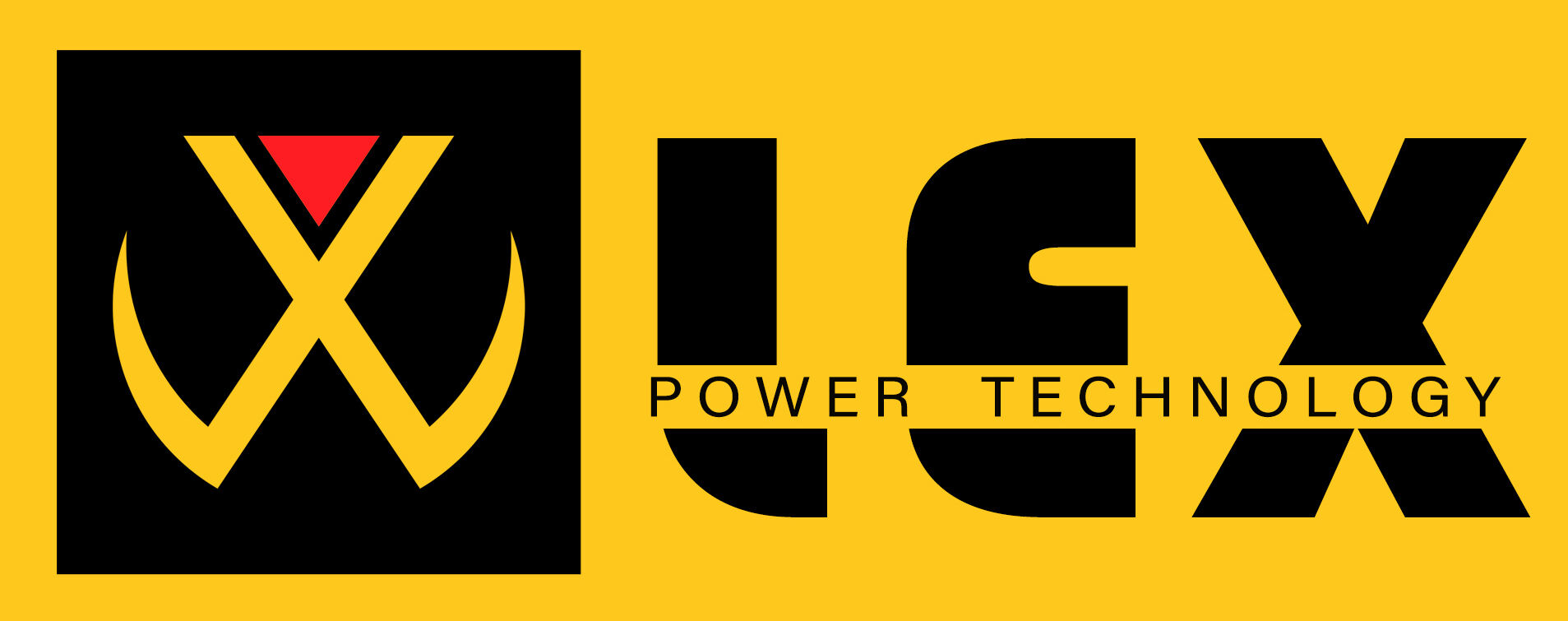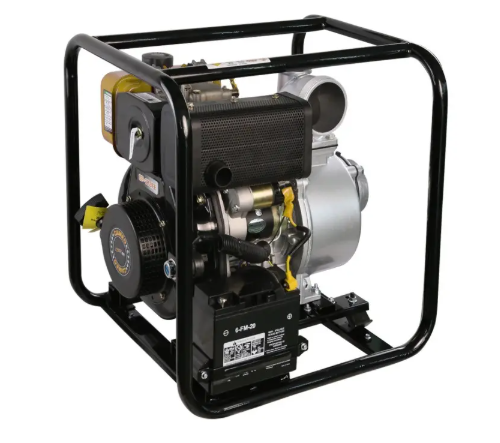Did you know that nearly 70% of businesses that experience prolonged power outages without adequate backup solutions fail within 18 months? For facility managers, project engineers, and business owners, selecting the right power generation solution isn't just about buying equipment—it's about designing a system that seamlessly integrates with your specific operational needs. The process of creating a truly effective customized generator set involves much more than simply selecting a standard model from a catalog. This comprehensive guide will walk you through the exact professional process that industry leaders use to design perfect power solutions for diverse applications.
Why Off-the-Shelf Generator Solutions Often Fall Short
Standard generator sets are designed for average conditions and typical applications, but most businesses have unique requirements that demand tailored solutions. Common challenges with generic generators include:
Inadequate power capacity for specific starting loads or future expansion
Inefficient operation leading to increased fuel consumption and higher costs
Non-compliance with local emissions regulations or noise ordinances
Space constraints that require unusual dimensions or configurations
Environmental factors such as extreme temperatures, high altitudes, or corrosive atmospheres
A properly designed customized generator set addresses these challenges through a systematic engineering approach that considers every aspect of your operation, ensuring optimal performance, reliability, and return on investment.
Phase 1: Comprehensive Needs Assessment and Data Collection
The design process begins with a thorough understanding of your requirements. Reputable customized generator sets supplier organizations typically follow a structured assessment methodology:
1.1 Power Requirements Analysis
Load profiling: Detailed analysis of connected equipment and their power characteristics
Starting current assessment: Identification of equipment with high inrush currents
Future expansion planning: Accounting for anticipated growth in power demand
Redundancy requirements: Determining necessary backup levels for critical operations
1.2 Site Conditions Evaluation
Environmental factors: Altitude, temperature, humidity, and air quality considerations
Physical constraints: Space limitations, access restrictions, and weight limitations
Acoustic requirements: Noise level restrictions for urban or residential areas
Regulatory compliance: Local emissions standards, safety codes, and permitting requirements
1.3 Operational Parameters
Fuel availability and preferences: Diesel, natural gas, propane, or dual-fuel options
Run-time requirements: Continuous vs. standby operation needs
Maintenance capabilities: On-site technical expertise and service intervals
Control and monitoring needs: Remote monitoring, automation, and integration requirements
Insert infographic: "Custom Generator Design Process Flowchart" - ALT text: customized-generator-sets-design-process-flow-diagram
Phase 2: Technical Specification Development and Engineering Design
Once comprehensive data is collected, engineers develop detailed technical specifications:
2.1 System Architecture Planning
Power output specification: Precise kW/kVA ratings with appropriate margins
Voltage configuration: Selection of optimal voltage levels and phase configuration
Frequency stability: Requirements for frequency regulation and stability
Paralleling capabilities: Options for multiple generator synchronization
2.2 Engine and Alternator Selection
Engine specification: Matching engine type and size to load characteristics
Alternator design: Choosing the appropriate generator end for your application
Fuel system design: Custom tanks, filtration, and delivery systems
Cooling system configuration: Radiator sizing and cooling medium selection
2.3 Control System Design
Control panel customization: Function-specific controls and monitoring
Automation level: Automatic start/stop, transfer switching, and load management
Communication protocols: Integration with building management systems
Remote capabilities: Cloud monitoring and control options
Phase 3: Component Selection and System Integration
With specifications finalized, component selection and integration begin:
3.1 Premium Component Sourcing
Engine selection: Choosing from tier-1 manufacturers (Cummins, MTU, Perkins, etc.)
Alternator matching: Pairing with appropriate Stamford, Leroy-Somer, or Marathon units
Control system components: Selecting quality components from Woodward, Deep Sea, or ComAp
3.2 Custom Enclosure Design
Weather protection: IP ratings appropriate for installation environment
Acoustic treatment: Sound-attenuating materials for noise reduction
Structural integrity: Robust construction for harsh environments
Accessibility: Maintenance access points and service clearances
3.3 System Integration
Sub-base fuel tank integration: Custom-sized tanks with appropriate baffling
Exhaust system design: Tailored to space constraints and emissions requirements
Vibration isolation: Custom mounting for sensitive installations
Electrical integration: Connection points and cable management systems
Phase 4: Prototyping, Testing, and Quality Assurance
Before delivery, every custom design undergoes rigorous validation:
4.1 Factory Acceptance Testing
Performance testing: Full load testing for specified duration
Environmental simulation: Testing under simulated site conditions
Safety system verification: Validation of all protection systems
Noise level verification: Acoustic testing to ensure compliance
4.2 Quality Assurance Protocols
ISO 9001 compliance: Adherence to international quality standards
Component certification: Verification of all major components
Documentation review: Complete technical and operations manuals
Witness testing options: Customer observation of testing procedures
For urgent projects, some suppliers may offer customized generator sets in stock configurations that can be rapidly modified to meet specific requirements while maintaining quality standards.
Phase 5: Installation, Commissioning, and Ongoing Support
The final phase ensures successful implementation:
5.1 Professional Installation Services
Site preparation guidance: Foundation requirements and utility connections
Turnkey installation: Certified technicians handling complete installation
Integration services: Connection to existing electrical systems
Safety system implementation: Transfer switches and protection devices
5.2 Commissioning Process
System calibration: Fine-tuning for optimal performance
Load testing: Verification under actual operating conditions
Staff training: Comprehensive operator training programs
Documentation handover: Complete technical documentation package
5.3 Ongoing Support and Maintenance
Preventive maintenance programs: Scheduled service agreements
Remote monitoring: 24/7 performance monitoring and alerting
Parts availability: Guaranteed access to genuine replacement parts
Emergency support: Rapid response technical support services
Choosing the Right Partner for Your Custom Power Solution
Selecting an experienced customized generator sets supplier is critical to the success of your project. Consider these factors when choosing a partner:
Industry experience: Look for suppliers with proven experience in your specific sector
Engineering capabilities: Verify in-house engineering resources and expertise
Quality certifications: Ensure ISO 9001 and other relevant certifications
Project management: Evaluate their process for managing custom projects
References and case studies: Review examples of previous successful projects
The most reliable partners offer comprehensive services from initial consultation through design, manufacturing, installation, and long-term support, ensuring a seamless experience and optimal results.
Conclusion and Next Steps
Designing a customized generator set is a sophisticated engineering process that requires careful planning, expert knowledge, and attention to detail. By following this structured approach, businesses can obtain power solutions that precisely match their requirements, ensuring reliability, efficiency, and long-term value.
Remember that the quality of the design process directly impacts the performance, reliability, and lifespan of your power generation system. Investing time in proper design and partner selection pays dividends throughout the life of the equipment.
Ready to Start Your Custom Generator Design Project? Our team of certified power engineers has designed and delivered over 3,500 custom power solutions for clients worldwide. [Contact us today for a free consultation and project assessment]. Let us put our expertise to work designing the perfect power solution for your specific needs.
Table of Contents
- Why Off-the-Shelf Generator Solutions Often Fall Short
- Phase 1: Comprehensive Needs Assessment and Data Collection
- Phase 2: Technical Specification Development and Engineering Design
- Phase 3: Component Selection and System Integration
- Phase 4: Prototyping, Testing, and Quality Assurance
- Phase 5: Installation, Commissioning, and Ongoing Support
- Choosing the Right Partner for Your Custom Power Solution
- Conclusion and Next Steps

